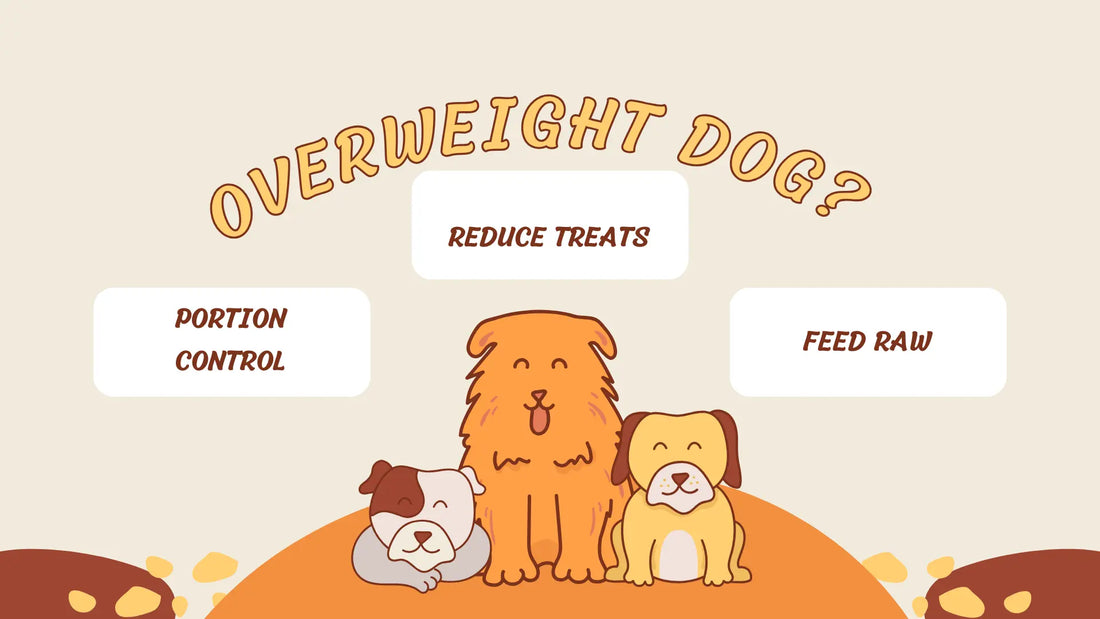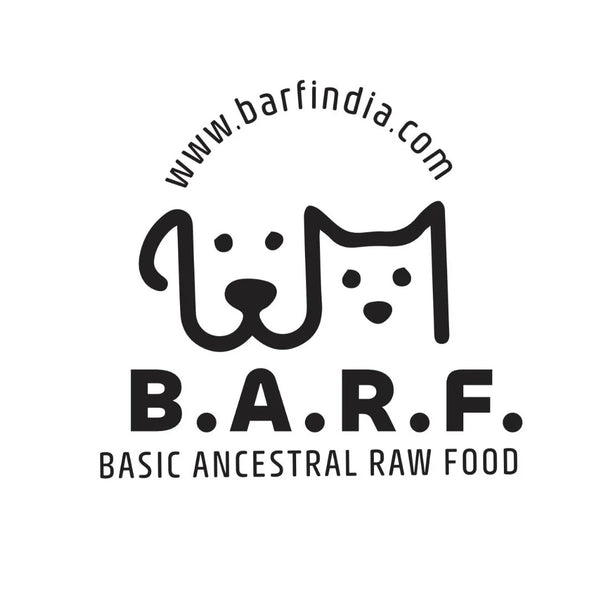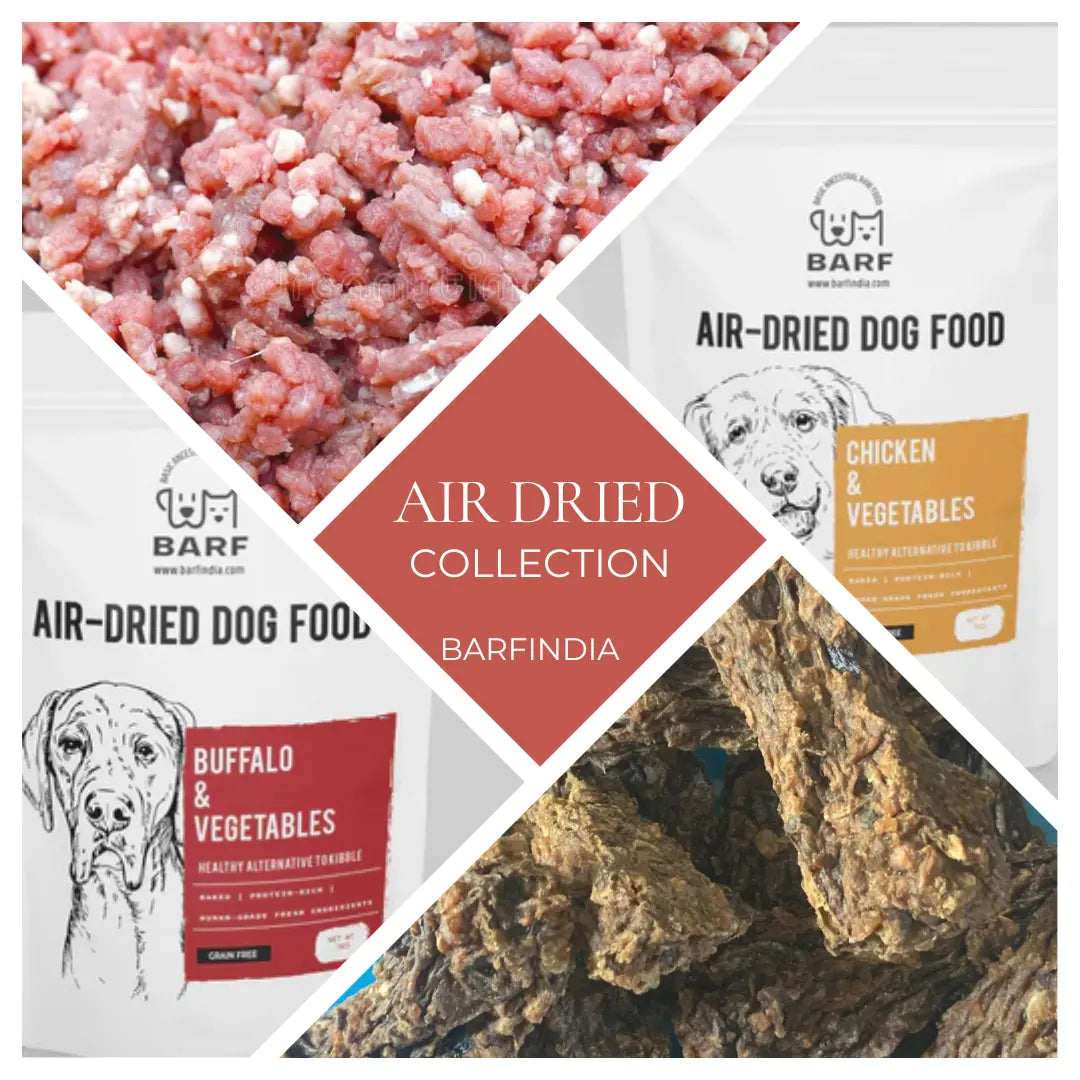
8 Proven Ways to Help Your Overweight Dog Lose Weight and Live Healthier
Nivedita FernandesHelping Your Overweight Dog: A Comprehensive Guide to Canine Weight Management
Obesity in dogs is a growing concern, affecting over half of the canine population in the United States. Excess weight can lead to a myriad of health issues, including diabetes, arthritis, heart disease, and a shortened lifespan. As responsible pet owners, it's crucial to recognize the signs of obesity and take proactive steps to ensure our furry companions lead healthy, active lives.
Understanding Canine Obesity
What Constitutes Obesity in Dogs?
Obesity in dogs is typically defined as weighing 10-20% above their ideal body weight. Factors contributing to obesity include overfeeding, lack of exercise, genetic predisposition, and certain medical conditions. Recognizing the signs early can prevent long-term health complications.
Health Risks Associated with Obesity
· Joint Problems: Excess weight puts additional stress on joints, leading to conditions like arthritis.
· Diabetes Mellitus: Obese dogs are at a higher risk of developing insulin resistance.
· Heart Disease: Increased body fat can lead to hypertension and cardiovascular issues.
· Respiratory Issues: Extra weight can make breathing more laborious, especially in brachycephalic breeds.
· Reduced Lifespan: Studies have shown that overweight dogs have a shorter life expectancy compared to their lean counterparts.
8 Effective Strategies to Help Your Overweight Dog
- Consult Your Veterinarian
Before initiating any weight loss program, it's essential to consult with your veterinarian. They can assess your dog's overall health, determine an ideal weight, and rule out underlying medical conditions contributing to weight gain.
- Determine Your Dog's Ideal Weight
Understanding what your dog should weigh is the first step. Utilize tools like the Body Condition Score (BCS) chart, which evaluates fat coverage over ribs, waistline, and abdominal tuck. Your vet can guide you in assessing your dog's BCS and setting realistic weight loss goals.
- Implement Portion Control
Overfeeding is a common cause of obesity. Measure your dog's food using a standard measuring cup and adhere to feeding guidelines based on their ideal weight, not current weight. Avoid free-feeding and establish regular meal times.
- Limit Treats and Table Scraps
Treats should constitute no more than 10% of your dog's daily caloric intake. Opt for healthy alternatives like baby carrots, green beans, or apple slices (without seeds). Refrain from feeding table scraps, as they often contain high levels of fat and sodium.
- Increase Physical Activity
Regular exercise is vital for weight loss and overall health. Tailor activities to your dog's breed, age, and fitness level. Start with short walks, gradually increasing duration and intensity. Engage in interactive play sessions and consider activities like swimming or agility training.
- Choose a Balanced, Low-Calorie Diet
Select a high-quality, nutritionally balanced dog food formulated for weight management. These diets are typically lower in calories and fat but high in fiber to promote satiety. Consult your vet for recommendations tailored to your dog's specific needs.
- Monitor Progress and Adjust Accordingly
Regularly track your dog's weight and body condition. Adjust feeding amounts and exercise routines based on progress. Celebrate milestones but avoid reverting to old habits that contributed to weight gain.
- Stay Committed and Patient
Weight loss is a gradual process. Consistency and patience are key. Involve the entire household to ensure everyone adheres to the established feeding and exercise routines.
Additional Tips for Success
· Use Food Puzzles: These stimulate your dog's mind and slow down eating, promoting better digestion and satiety.
· Establish a Feeding Schedule: Consistent meal times help regulate metabolism and prevent overeating.
· Avoid High-Calorie Chews: Opt for low-calorie dental chews or natural alternatives like raw carrots.
· Provide Fresh Water: Adequate hydration aids in digestion and overall health.
Conclusion
Addressing canine obesity requires a multifaceted approach involving diet, exercise, and behavioral changes. By recognizing the signs early and implementing these strategies, you can enhance your dog's quality of life and ensure they remain a happy, healthy member of your family for years to come.



